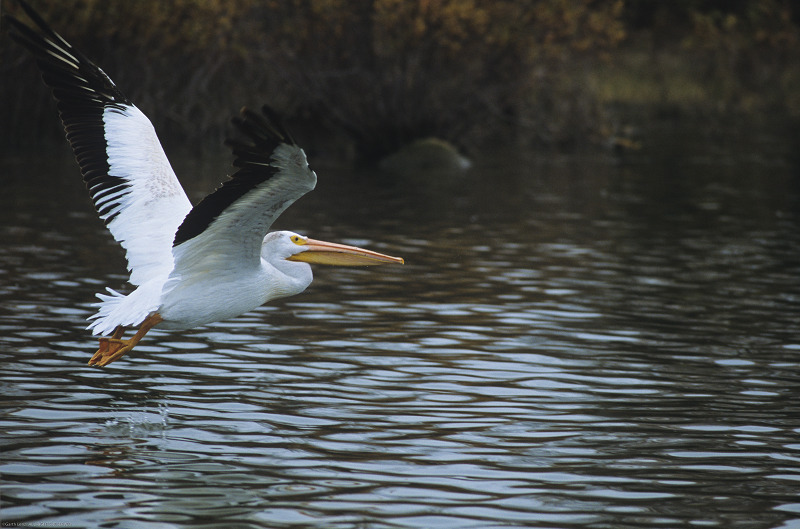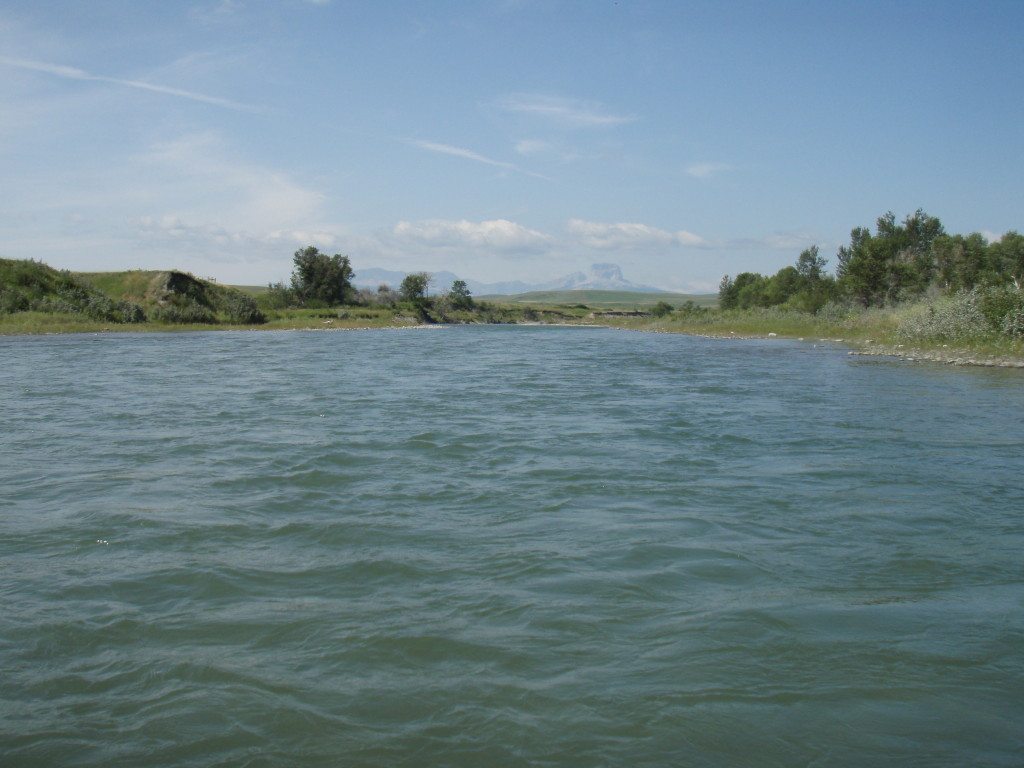Assessing the health of the ‘lifeblood of the prairies’
Often referred to as the ‘lifeblood of the prairies’, it would be difficult to overstate the importance of the South Saskatchewan River system to its surroundings. Flowing from its headwaters in Alberta’s Rocky Mountains eastward to central Saskatchewan, the South Saskatchewan River system has long been central to life and continues to provide a range of social and economic benefits including water resources to support irrigation, hydropower generation, and growing cities and communities. These same waters also sustain a great diversity of species including cottonwood trees along their banks, fish such as bull trout in their headwaters and lake sturgeon in the lower reaches, and American white pelicans.
Over time, as more water was used to support social and economic objectives in the South Saskatchewan River Basin, impacts on the health of the river system became more apparent. In response, increasing emphasis has been placed on understanding the condition of the South Saskatchewan River Basin’s waters, including those of the Red Deer, Bow and Oldman sub-basins, as a basis to move towards water management that better meets the needs of aquatic ecosystems. This situation is of course not unique to the South Saskatchewan River Basin, but certain aspects, for example high water allocation and use in the Alberta portion of the basin, are more pronounced than in most river basins elsewhere in Alberta and Canada.
So what is the current status of the South Saskatchewan River system? Well, as a testament to its importance, multiple assessments of the South Saskatchewan River’s health at the sub-basin and basin scales have been completed. In Alberta, Watershed Planning and Advisory Councils (WPACs) have taken the lead and developed State of the Watershed reports for the Red Deer, Bow, Oldman, and South Saskatchewan River sub-basins. The Saskatchewan portion of the system was assessed in the Government of Saskatchewan’s State of the Watershed Report, as were all watersheds in the province. Furthermore, as part of their broader assessment of the entire Saskatchewan River Basin, the Partners for the Saskatchewan River Basin examined the condition of the South Saskatchewan River system.
To elevate attention to these detailed assessments, WWF-Canada recently completed a Freshwater Health Assessment (FHA) of the South Saskatchewan River. WWF’s assessment approach was designed to be applied nationally and as such is intended to work alongside the deeper assessments conducted by WPACs, government agencies, and other groups. As with all other FHAs, the assessment of the South Saskatchewan River will be an iterative process where the results may change as more data is obtained and made available, indicators and metrics are refined and enhanced over time based in part on feedback WWF-Canada may receive, and as management actions are implemented.
A consistent finding in the assessments of WWF-Canada and many others is that water flow, or quantity, is a concern in much of the South Saskatchewan River system. As a key driver of the health of aquatic ecosystems and by extension the benefits they provide such as fisheries, protecting and restoring environmental flows is now globally accepted as central to sustainable water management. Some foundational studies on environmental flows assessment have been conducted in the South Saskatchewan River Basin, and there is ongoing research and other initiatives focused on identifying opportunities to move forward, yet protecting and restoring water for aquatic ecosystems in the basin remains a challenge.
While not the only factor, water policies and laws may enable or constrain the implementation of environmental flows. These include the water allocation management system, which in Alberta, has long been slated for a public review. Among the initial recommendations provided by advisory groups is the urgent need to protect and, in river systems like the South Saskatchewan, develop approaches to restore environmental flows. It is increasingly clear that this direction must be taken to maintain and restore the health of the ‘lifeblood’ of the prairies.



